With increasing market competition in all industries, marketing has become the focus of attention of companies to stay relevant. Last time we wrote about a marketing case study on Ikea, the biggest retail furniture chain in the world. Following that theme, we are now going to elaborate on the marketing strategy in this case study on H&M.
H&M is the world second largest clothing and apparels retailer, right after Zara. With a massive global supply chain, the company is present in more than 74 countries and is known for its minimal yet fashionable fast clothing. The company is famous for its marketing and brand efforts and is a perfect subject for study by any marketing enthusiast, student or professional. If you are new to know about digital marketing, to get started, you can watch the Free MasterClass on Digital Marketing by our CEO and founder, Karan Shah.
As a part of the Post-Graduation Programme, IIDE’s flagship course, 2 students – Shivani Verma & Ritu Bhoite, conducted their thesis project on creating a multi-channel marketing strategy for H&M. This case study is written on the basis of their primary research and hypothetical marketing solution.
The case study on H&M will walk you through research, and answer the solution to the real-life problems identified in the company’s marketing strategy. So let us dive right into the H&M case study by first learning more about the company.
About H&M
Found by Erling Persson in 1947, in Sweden, under the name ‘Hennez’ meaning ‘hers’ in the language – as the company was only selling women’s clothes at the time. After 10 years, the company started opening in the neighbouring country of Norway and started producing clothes for men as well. Now the company is run by his son Stefan Persson and Helena Helmersson.

Quickly after their IPO in 1974, the company started expanding across Europe and by the 1990s started opening its stores in the USA as well. Now H&M is present in 74 countries and offers online shopping to 33 countries. The company is known for its affordable yet fashionable clothes, with the highest collections dropped per year, so the customers are always buying something new.
Now that we know the company’s history and legacy, let us start with the case study.
Case Study on H&M: Market Research
As the first step to decode the marketing and positioning in the market, the student team performed multiple research techniques, including both primary and secondary research. The following is the collation of their work.
Buyer Persona
In order to start researching the market, a marketer needs to know what their audience is and behaves like. H&M being a fast-fashion brand is still considered a mid-tier luxury in markets like India. Due to this reason, H&M is more popular in metropolitan cities.

They particularly target the youth segment from the age of 16-25. The following is a graphical representation created by the student team to encapsulate their research.
Market Analysis
H&M shares the market with two other fashion giants in this segment, Zara and Forever21. The majority of the market is cornered by Zara and H&M, with Zara in the lead by a margin.
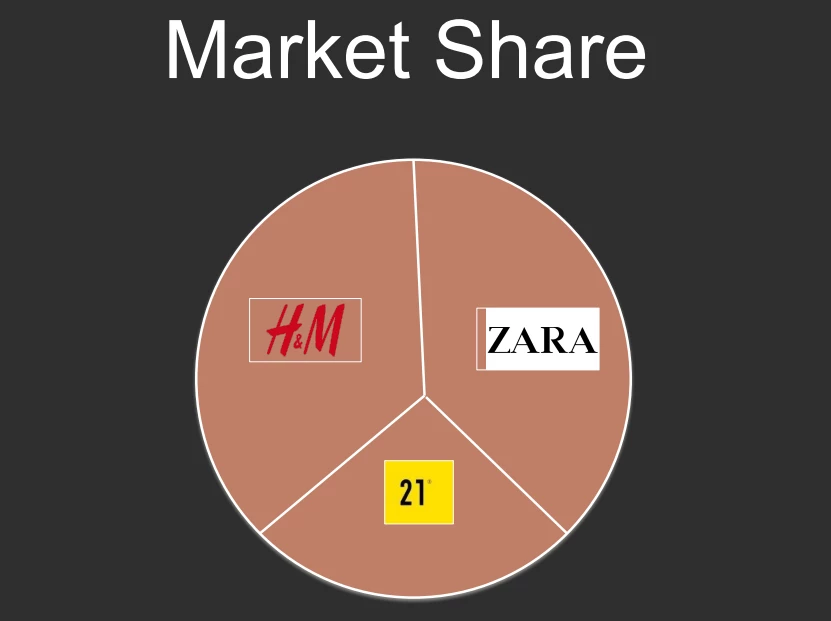
The three companies position themselves quite differently, while Forever21 offers far more party wear and lesser sizes, H&M skews more towards a better range of clothing sizes and more daily wear. Zara takes the middle road between the two and offers more high fashion for its customers.
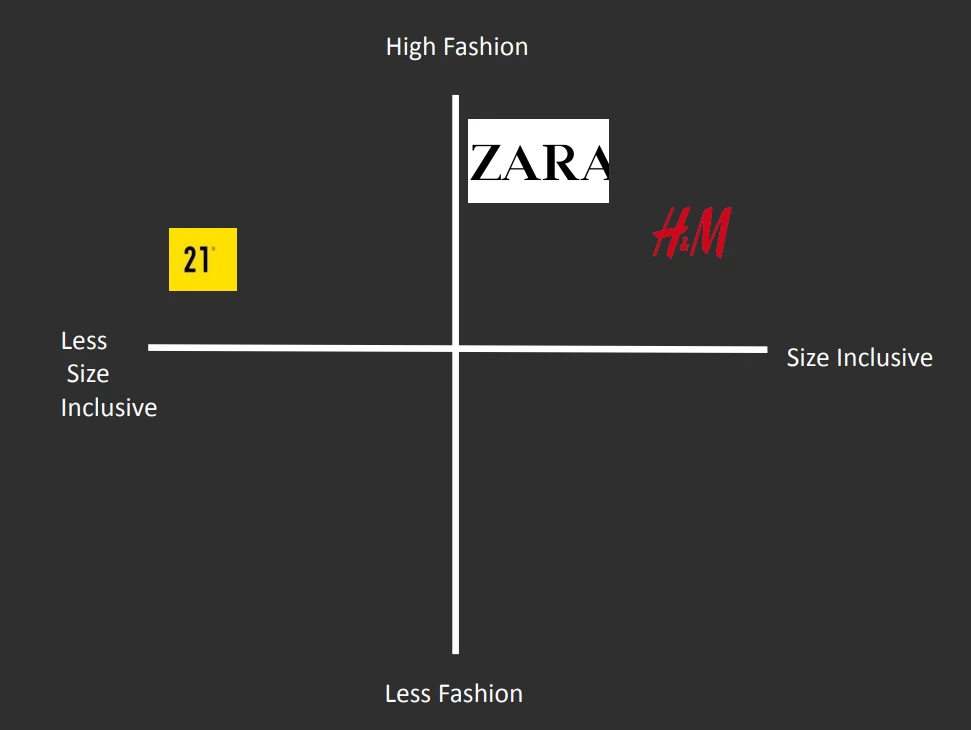
Since a large margin of the sales come from online portals, market research on their online presence was also conducted. Overall, H&M has better organic traffic than the other brands but Zara demonstrates far better reach on the internet with their targeting of focus words such as jumpsuit, camisole and bodysuit which have demand. They are also growing at a faster rate than H&M.
Market Gap Analysis
In order to understand what are the kind of places where H&M can improve its sales by marketing, the student team conducted a market gap analysis. Their primary research was done by taking public poles and they found the following market perceptions:
- 82% of brands are not inclusive all size clothing
- 65% feel insecure due to the lack of size availability in brands
- 55% of users are not aware that H&M has all sizes
As a conclusion of their findings, our student team have rightly identified the need to market the company’s already existing all size product feature. The following is a marketing strategy solution crafted by them on their findings.
Case Study on H&M: Marketing Solution
After identifying their target market to be all size clothing for a customer range of 16-25, the student team came up with their marketing strategy which will encompass multiple channels and a marketing campaign to go with it in order to increase the awareness of H&M’s all size clothing collection. They wish to increase awareness of the brand as well as increase their lead generation with multi-channel remarketing.
Let us start digging through each element of their marketing strategy, by starting with their Marketing Campaign:
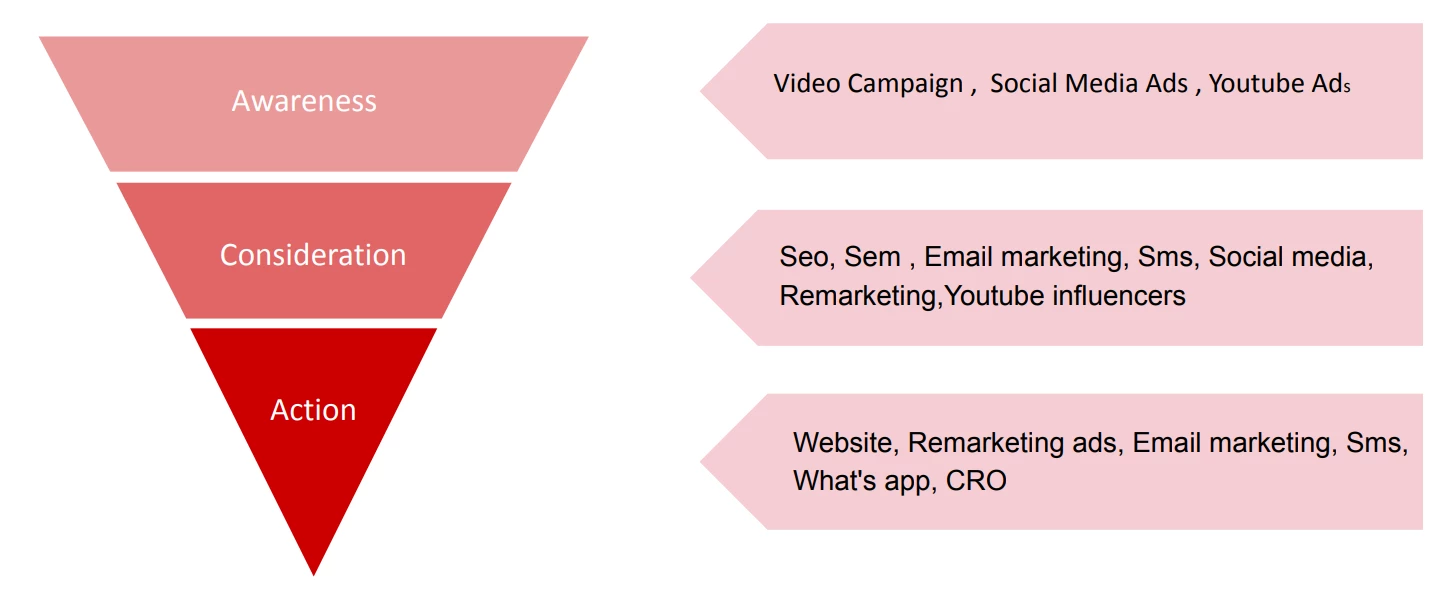
-
Marketing Campaign – H&M For All
The name of the hypothetical campaign is “H&M For All”, and highlights the brand’s unknown product USP. The campaign centres around body positivity and acceptance with the help of informational content generated from an extensive influencer marketing strategy. The campaign is planned to be for 1 month long to create awareness amongst the target market.

-
Media Plan
Along with their campaign, the student team has created a budget about how they will be spending in the 1-month long campaign. It details out the different channels involved and the big picture of how the resources are being distributed. If you are interested in learning the science behind media planning and how the student derived these numbers, check out our course on Media Planning to learn more.
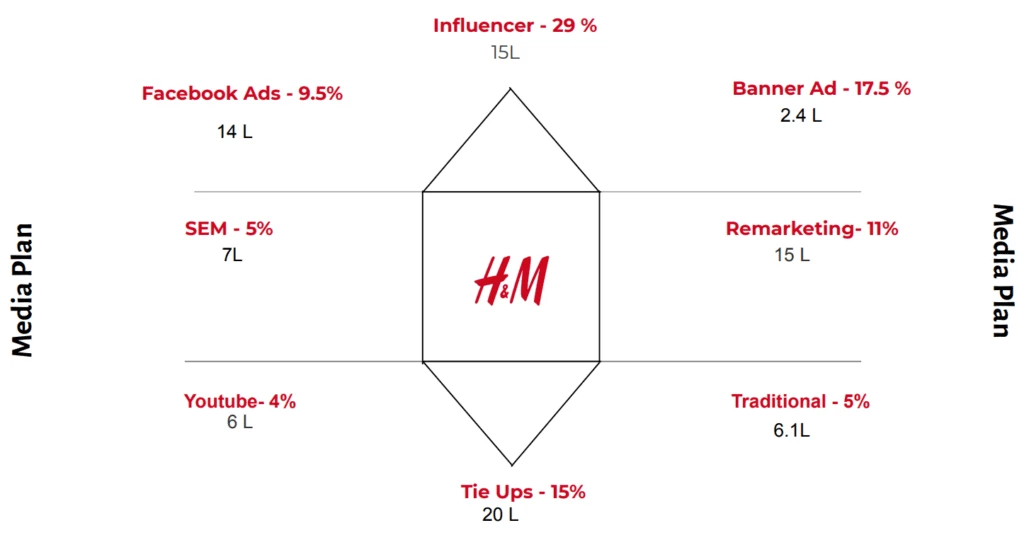
Now let us dive into the traditional marketing strategies they will create for H&M.
-
Traditional Marketing
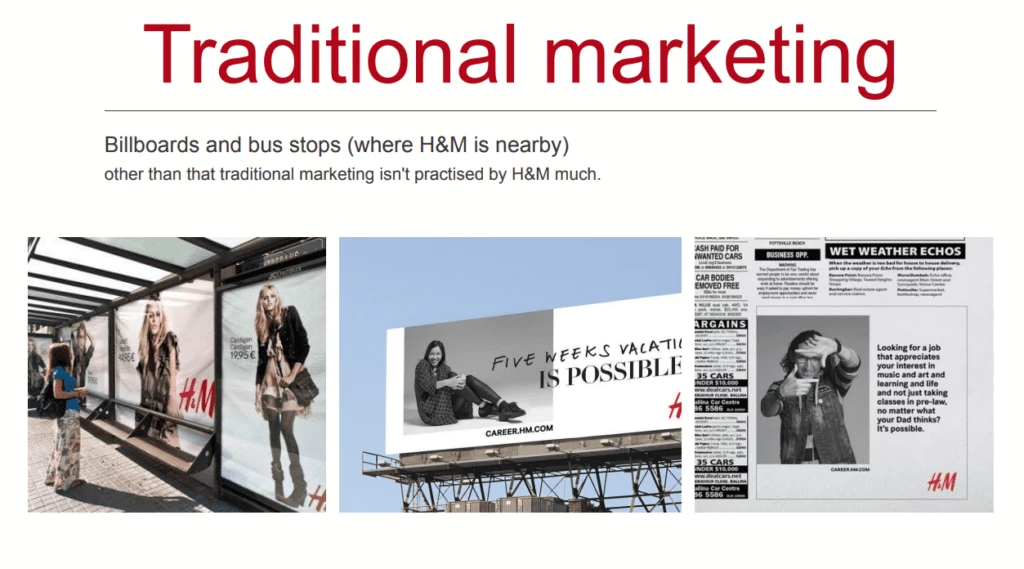
By focusing on the audiences of metropolitan cities, their traditional marketing strategy is focused on billboard advertisements and other ad spaces. They have decided to only focus on this strategy due to the increasing use of online apps and stores for fashion. Their banner ads will be limited to only places near the H&M locations.
-
Social Media Marketing
H&M already has a huge social media presence. In order to make sure that their presence is better utilised in increasing awareness of the products that are lagging, the student team has come up with a social media strategy that focuses on body positivity, inclusivity and informing their audiences. They have taken a social issue pertaining to the consumers in order to target their audiences.
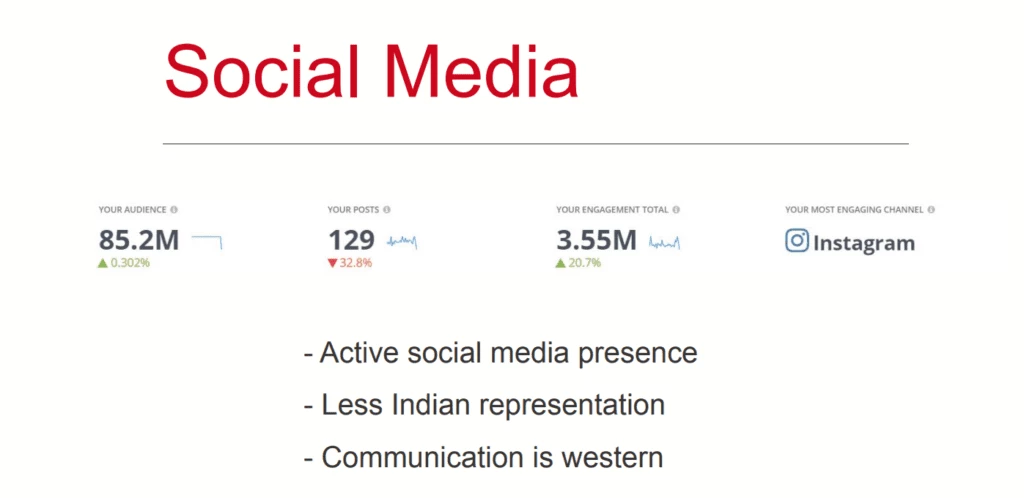
The strategy will include platforms such as Instagram, Facebook, YouTube, Snapchat, and even includes Pinterest. They have even given a content bucket with proposed posts for each.
You can learn more about it by downloading the H&M case study PDF here.
-
Influencer Marketing
As a fashion brand, influencers or brand ambassadors, are a necessary part of their marketing strategy. In order to connect to the youth and talk about social issues regarding negative female body stereotypes, the influencers have been picked from an array of backgrounds and have connections to fashion, self-image and social causes awareness creation. They have even planned to do a full song with the female rapper/social activist – Raja Kumari.
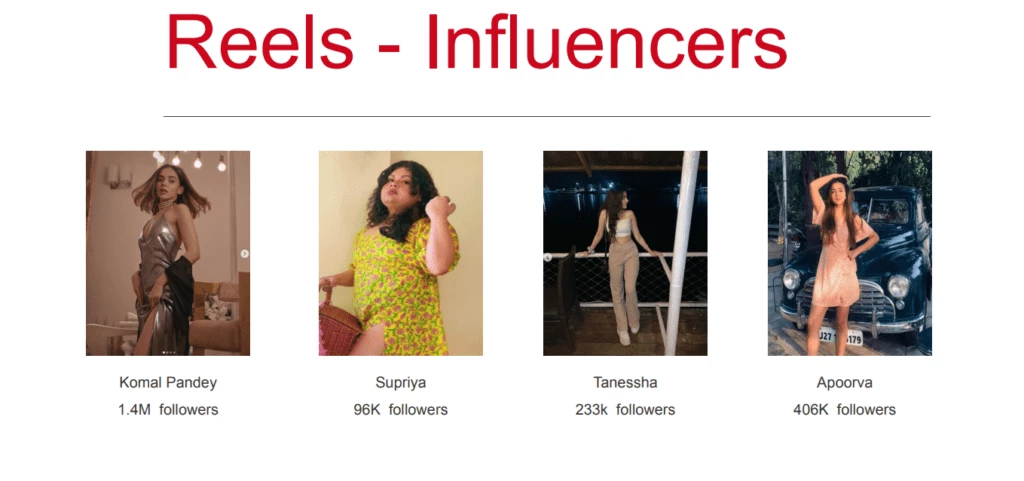
-
SEM
In order to target the customers that have come to the H&M website or are looking for all size women’s clothing, text and visual ads can be run using the Google Ads platform. It’s a highly effective strategy to improve conversion rates. The student team has two kinds of google search terms for advertisement targeting.
- Brand Keywords – Such as ‘H&M store near me, ‘H&M coupon’ and ‘Zara clothing’
- Non-branded Keywords – Such as ‘best jeans’ and ‘plus-size clothing’
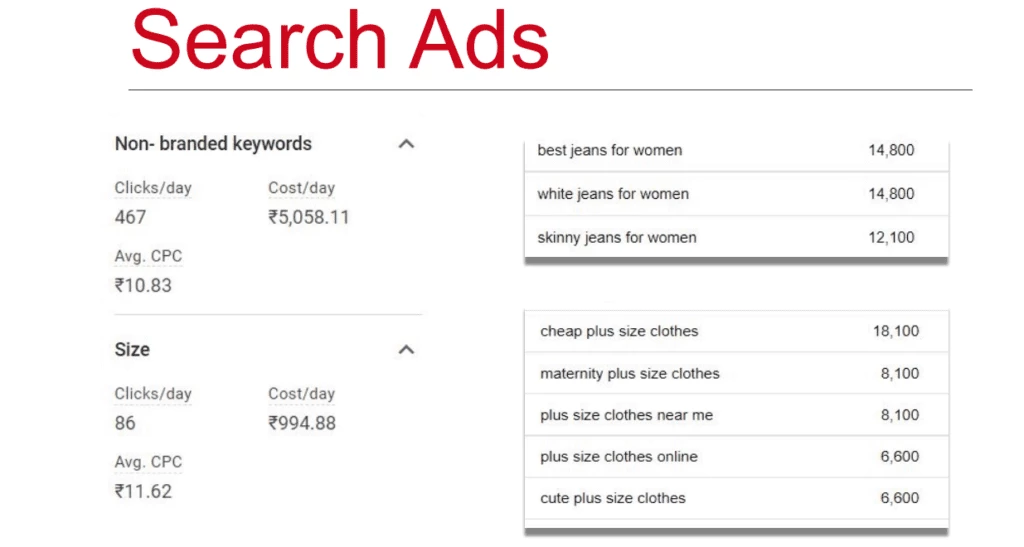
Alongside these text ads, they will also launch a Google Display Network ad, targeting their users on Youtube and websites.
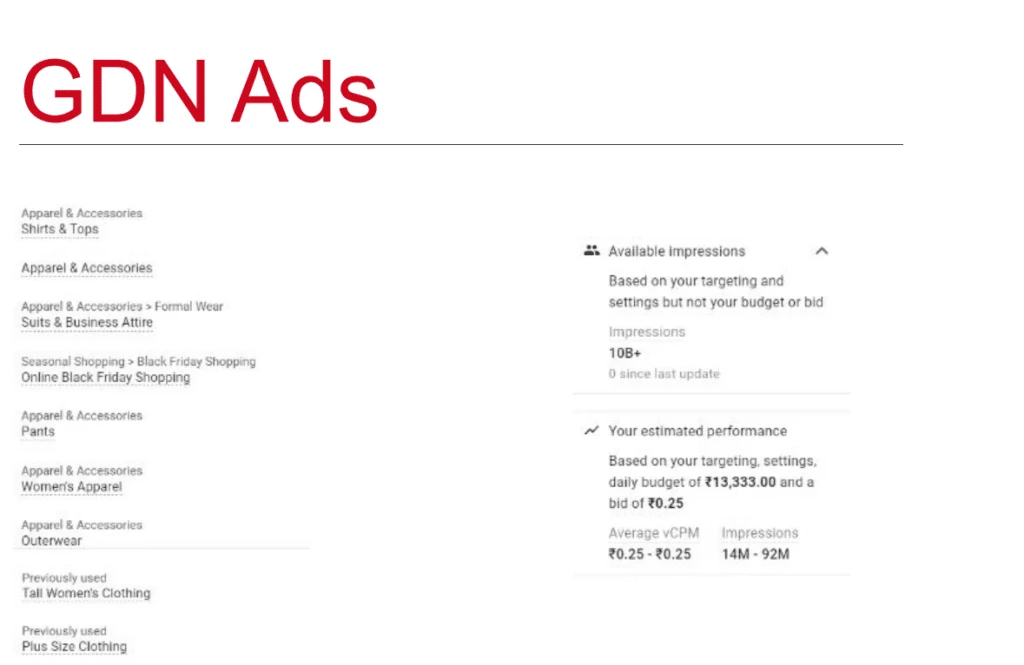
-
SEO
Search Engine Optimization focuses on improving the website’s quality both technically and content-wise in order to help it rank in the right places on Google SERP search. On their website health check-up, the student team found the following problems:
- Poor speed load issue
- Do not have amp pages, site map, robots txt
- H&M India should have its own google my business account
- Wrong Twitter and Facebook added
- Images without alt text
- ItemList, Product-rich snippet for e-commerce in action ss
- 404 errors
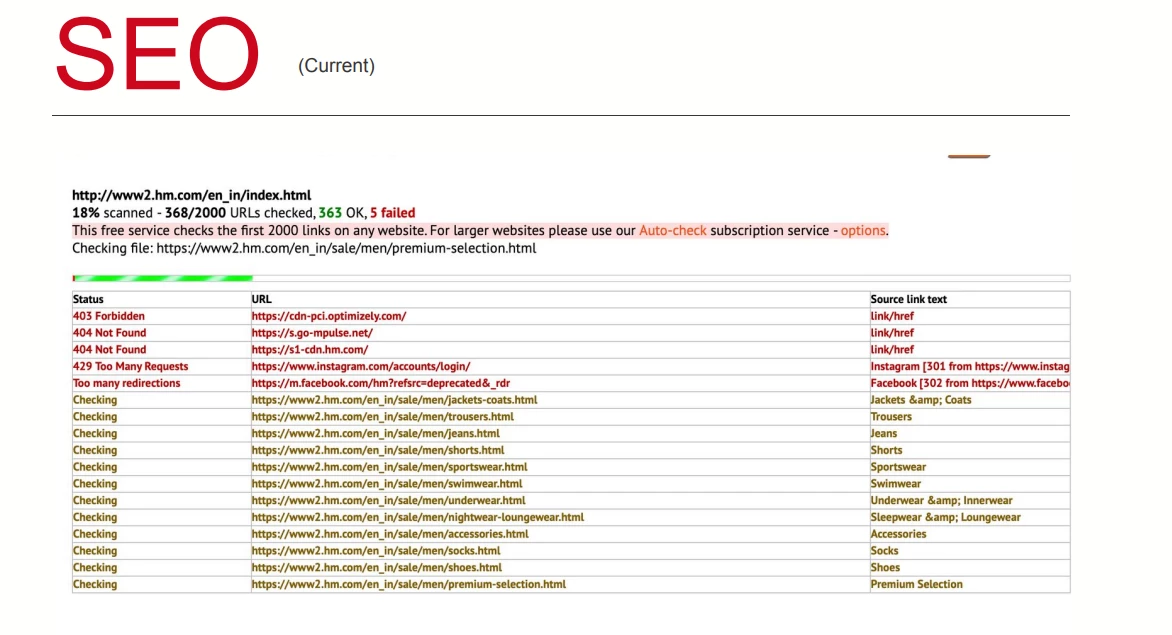
The better optimized a website is, the better likely it is to rank and also increase conversions due to improved user experience. To learn more about the fascinating world of SEO, check out our Search Engine Optimization Course.
They have proposed the following solutions to these issues:
- Rank for high intent keywords
- Rank for region-specific keywords
- Category Keywords
- Improve loading speed
- Add Alt text to relevant images
- Add a creative 404 error page that redirects users to the homepage
- Styling blogs
- Add outbound links
-
Remarketing
Remarketing is an essential part of marketing strategies, and with the power of digital marketing, these kinds of campaigns have become much more personalised and effective. According to the marketing strategy made by the students, they have proposed a remarketing schedule as follows:

- Awareness stage Youtube video AD, whoever watches more than 30 seconds will be remarketed
- People who visit the website and social media handles of H&M will be remarketed
- People who have left items in the cart will be remarketed with the same product on social media
- Highlighting ” Discount” ” sale” “coupon code”
You can learn about their entire strategy and targeting by downloading the H&M Case Study here.
-
Email and SMS Marketing
H&M already follows an email strategy, however, they do not have any SMS marketing implemented. As noted by our student team, they observed the following issues with the current strategy:
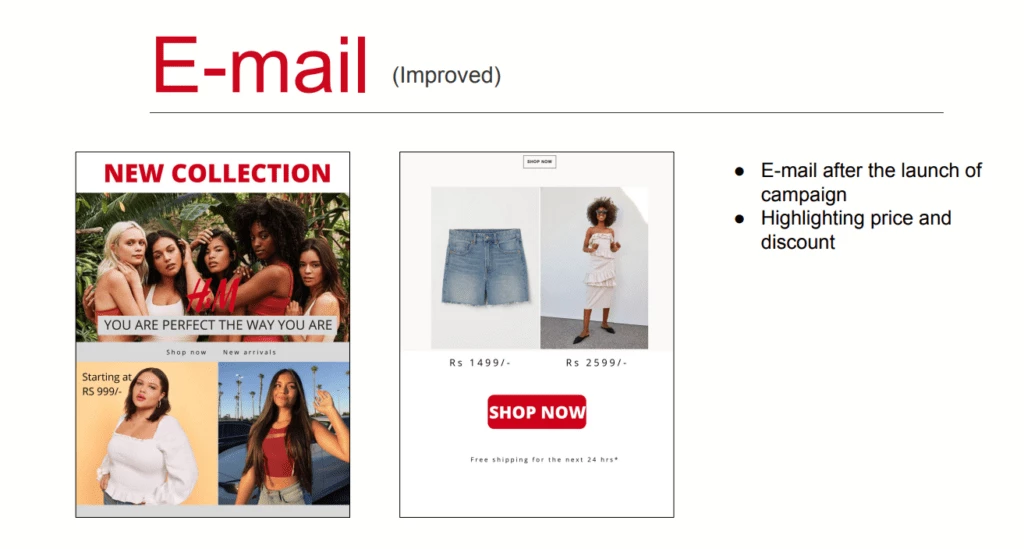
- Landing page: US H&M website
- Call to Action
- Message clipped
In order to improve their personalised reach out efforts the student team has suggested the following improvements:
- E-mail every once a week
- Catchy subjects with emojis.
- Clear Call to Action
- Drip marketing
- Promotional messaging through SMS
Using all these marketing channels the student team has proposed the aforementioned strategies as a response to their case study on H&M. Let us conclude our learning from the case study.
Conclusion
H&M is a global fashion behemoth and has an amazing reach and market share. They already have a tremendous amount of marketing strategies in place and are doing very well implementing digital marketing strategies. With the rising competition and increase in microbrands and websites, H&M has to improve its marketing strategy to go hand in hand with the times.
Our student team did the whole decoding of the company’s marketing strategy and identified pain points in the strategy. They followed it up with a campaign and multichannel strategy to improve the already existing brand image of H&M. They are improving the awareness and action level marketing strategies of the brand. If you are interested in growing your career in the marketing industry, you should apply for IIDE’s flagship course Post Graduation Programme in Digital Marketing.
If you wish to learn other marketing strategies and case studies, head on over to the Case Study presentations page.
Thank you for reading the blog, if you have any thoughts on the matter, please leave your comments below.




![In – Depth Marketing Case Study of HRX [Analysis + Campaign Ideas]](https://iide.co/wp-content/w3-webp/uploads/2023/03/marketing-case-study-of-hrx-presentations-396x250.pngw3.webp)
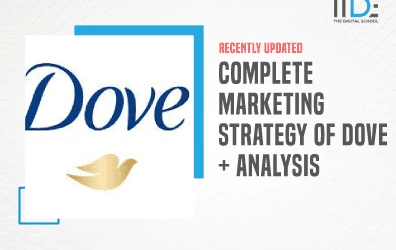

0 Comments